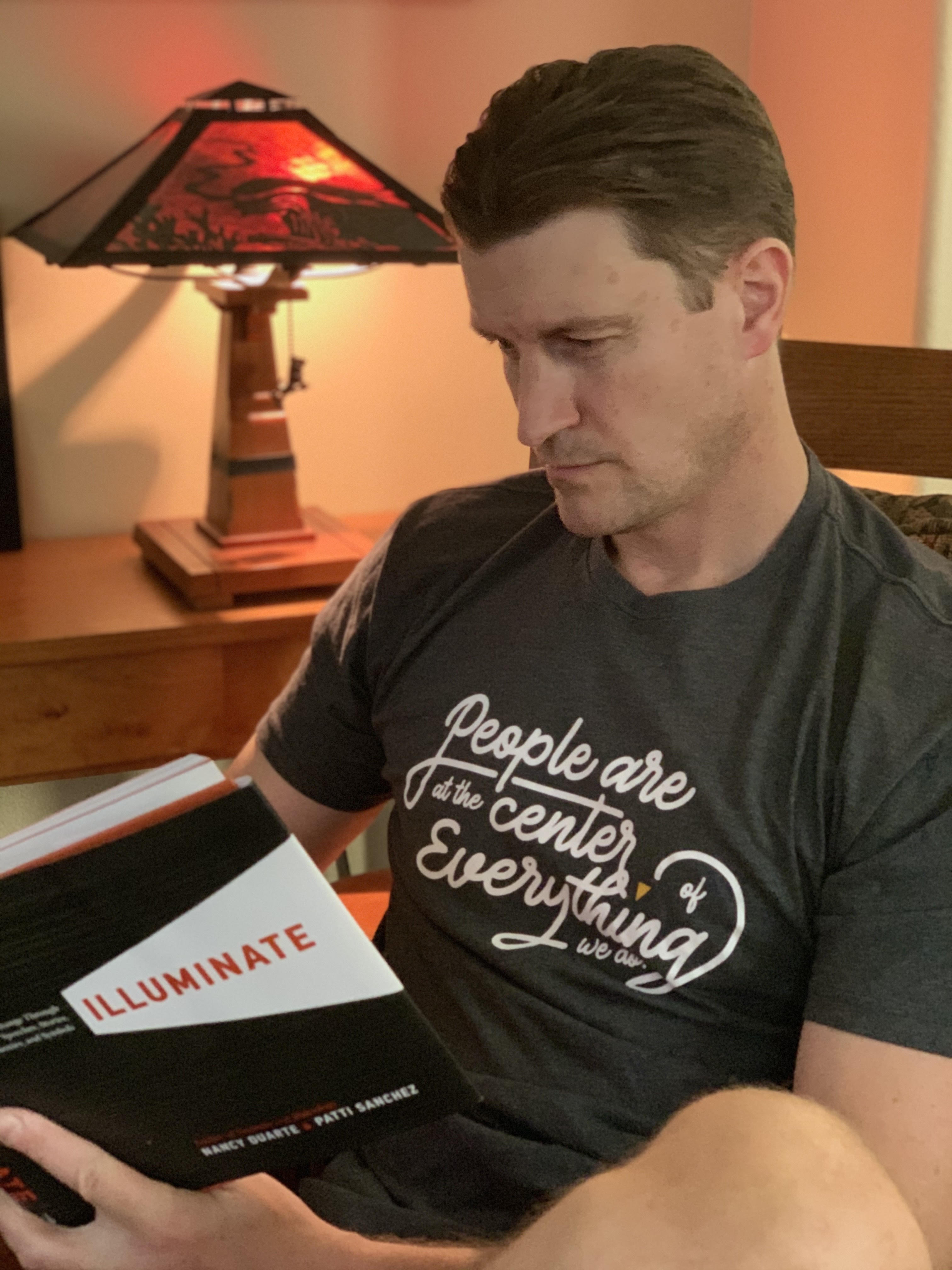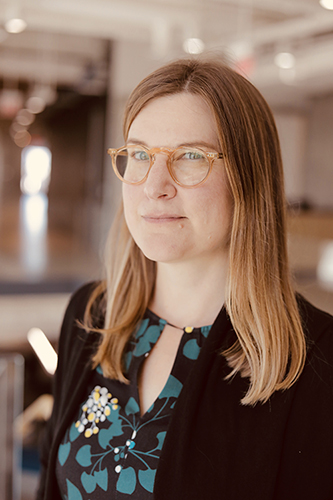Coping with Covid-19: Adding New Skills in the AV Business
At its core, the AV industry is all about adaptability. Learning new skills on the fly to realize an installation or live event is what drives companies and individuals on a daily basis. The pandemic has definitely brought challenges to many in our industry, and there will be a lot of continued challenges ahead. But here we hope to inspire with a few stories of how new business and opportunities can emerge from a complete shutdown through to gradual reopening.
Jeff Kwan, Canal Sound and Light
Since 1977, Canal Sound and Light has adapted and changed along with technological trends. But some things have remained the same. It’s a family business, and long-term customer relationships have kept the firm right in the middle of notable projects across New York City and beyond.

Throughout the pandemic, those foundational elements combined to make the company adaptable and eager to help customers through their individual challenges. With the storefront on Canal Street in Manhattan closed during lockdown, the in-house team used the time to renovate and redesign the store to meet social distancing standards, and it immediately made the transition to a more robust e-commerce presence. Then, working carefully on two separate floors, company owner Jeffrey Kwan, along with his parents, founders of the business, became the company’s temporary shipping department, in addition to running the business and developing new technological angles for growth.
Meanwhile, the tech-savvy team embraced the goal of meeting the moment, digging into research on live streaming and virtual events, which quickly became a key offering for both long-term and new live event clients.
Related: Boosting Your Brand to Capture New Business in AV
And through it all, they kept up a lively social media presence that told the story of how the business came back to life with the gradual reopening of business in NYC. DJs were hurrying in, anxious to buy gear, and as the seasons changed, bars and restaurants outfitted outdoor spaces and those famous rooftop igloos with sound and lighting. And installation projects were happening, too, with notable Manhattan clients completing refurbishments.
On the live events side, Canal Light and Sound is helping its close-knit client base to think creatively. “We try to encourage people and give them some ideas, maybe offer some live streaming, or for people who booked holiday parties last year, do a smaller party in person and combine it with a Zoom party,” Kwan says. Or for event-only venues, the company can help turn the space into a live production studio where clients can host professionally produced launch events. “I really try to encourage people to learn and try new things. We have to keep moving.”
Ricky Cortez, MCA Communications
Houston-based MCA Communications has long-standing relationships with major enterprise clients and schools. During the pandemic, the company has transitioned into supporting the remote collaboration needs of its enterprise clients and it’s helping education customers reimagine the classroom experience.

Many installation projects were put on hold throughout the company’s normally busy summer season, but MCA Communications President Ricky Cortez expects to see an uptick in integration work as the year comes to a close. As the need for hybrid solutions to enable better remote and in-person collaboration continues to rise, the time has come to build for the new future. “Everybody is going to want to get as much work done as they can,” says Cortez. And AV integration will be crucial for creating workflows that provide the same experience at home as in the office or at school.
But there will need to be some rethinking on the AV side to accommodate that change. “The challenge is that the technology that we have in place today is not fit for that, and the offices and classrooms are not designed for hybrid work environments,” Cortez observes. “So I’m really interested to see how this creates changes in the way we design spaces and the way we design technology around those new hybrid options.”
Related: Podcast: Reshaping the classroom experience
MCA Communications is taking that redesign challenge in hand, repurposing space within its new 50,000-square-foot headquarters to create live streaming and presentation recording studios and remote learning facilities that will allow educators to safely teach outside their home.
These new offerings came from direct customer input. From the start of the pandemic, the company’s team stayed in touch with clients, not with pushy sales calls, but in a genuine quest to gather understanding of what they need to keep operating. “I try to remind people that we provide a service, and that service is impossible to do without,” says Cortez. “The key, though, is to make sure we focus on what matters at that time to that customer. And we've made sure to listen to the clients, asking them, ‘What are your challenges right now?’”
Rachael Harris, Financial Institution
Rachael Harris combined her entertainment production background with her technical understanding in some new ways during the pandemic. As a lighting and show production expert working in the role of Streaming Service Assurance Engineer with a financial institution, Harris had the ideal mindset when everything went remote.

“If you need a show done, then I will figure out whatever you need to get the show done — that's it, that's who I've always been,” she says. “With that said, the only way to do a show in 2020 has been over IP essentially.”
Harris already had experience in how to run the corporate version of shows before the pandemic sent everybody into remote working mode. But when demand for live streamed everything and endless video meetings skyrocketed, she took the opportunity for a deep dive into AV over IP.
Beyond just the technical expertise, Harris also bolstered her ability to be a translator between the engineering factions and everyday users who rely on AV technology. It was her ability to be that bridge that really made the core element of 2020 become obvious to Harris. “If there is one word that 2020 has been about, it’s communication. It's not pandemic. It's not quarantine. It's communication. And I've really appreciated, learned a lot from, and just been glad to even be able to participate to the level that I have in the communication that came out of this year.”
Related: Choosing the Right Event
The new ways we communicate and connect in an all-remote world has increased access and opportunities for participation. Now instead of worrying about travel budgets, conference organizers can invite experts to speak from a wider range of locations and viewpoints. And that leads to a whole new set of possibilities, as Harris herself has participated in, as a presenter at the virtual AV/IT Summit and via new writing opportunities with SCN magazine.
With those new outlets, Harris says, “I’ve had some opportunities to think more deeply about the work that I go and do every day, and that my team goes and does every day. Taking that time to put it into context is a real privilege that I’m enjoying. It’s been a chance to develop a whole new skill set that I was not expecting to be a part of my career in audiovisual.”
Mark Coxon, Tangram Interiors
The translation of ideas into work has been core to a pandemic-prompted rethinking of the AV business for many companies. Listening to customers in a new way and gaining insights into what they need has been a long-standing trend that accelerated rapidly when many enterprise customers found their worlds upended.

That new way of listening is central to what Mark Coxon has seen happening in his role of Sales Director, Technology with Tangram Interiors, where a series of customer roundtables has served as an opportunity to create connection among peers and also fodder for new design ideas.
Related: Finding Solid Ground: Designers’ Obligations and Opportunities in Public Spaces Amidst COVID-19
“It’s a reskilling along the lines of, how do we get customer empathy without being worried about it pointing to a direct sale immediately?” Coxon asks. “And how can we use our network not to move a project forward, but to connect people together so that they can do this type of thought sharing?”
That new approach to business development is the first step, and then comes the other elements driving progress in AV. Next comes the thoughtful analysis of data gathered from these conversations. Then it’s about how to lead teams and create operations that reflect the new information.
This stands for enterprise clients, too. With so many questions remaining about when to return to work, and for what percentage of the work week, and for what purposes, “companies will have to reevaluate culture and space,” says Coxon. “You get these pivotal moments a few times in life, right? The internet was a pivotal moment. The smartphone was a pivotal moment. I really think there's going to be somewhat of a pivotal moment in the way that companies readdress this, ‘Work is done here’ culture that a lot of companies had.”
Like a lot of other AV professionals, Coxon used this time to renew his CTS-I and CTS-D certifications. But he has also been doing some extra-curricular reading to help bring change to the AV business, and that has led to a deep commitment to a new way of working from a place of customer empathy.
It’s about asking, “If we built this company today, knowing what we know about what tomorrow seems like it's going to look like, what would we build?” says Coxon. “Then you need to look at what you have now and what that new plan is and figure out how you bridge those gaps in a way that can get you there.”
Up Next: Expanding Your Expertise
Even in the best of times it’s a good idea to increase your knowledge and learn new skills. And in today’s difficult economic climate, it’s imperative.






